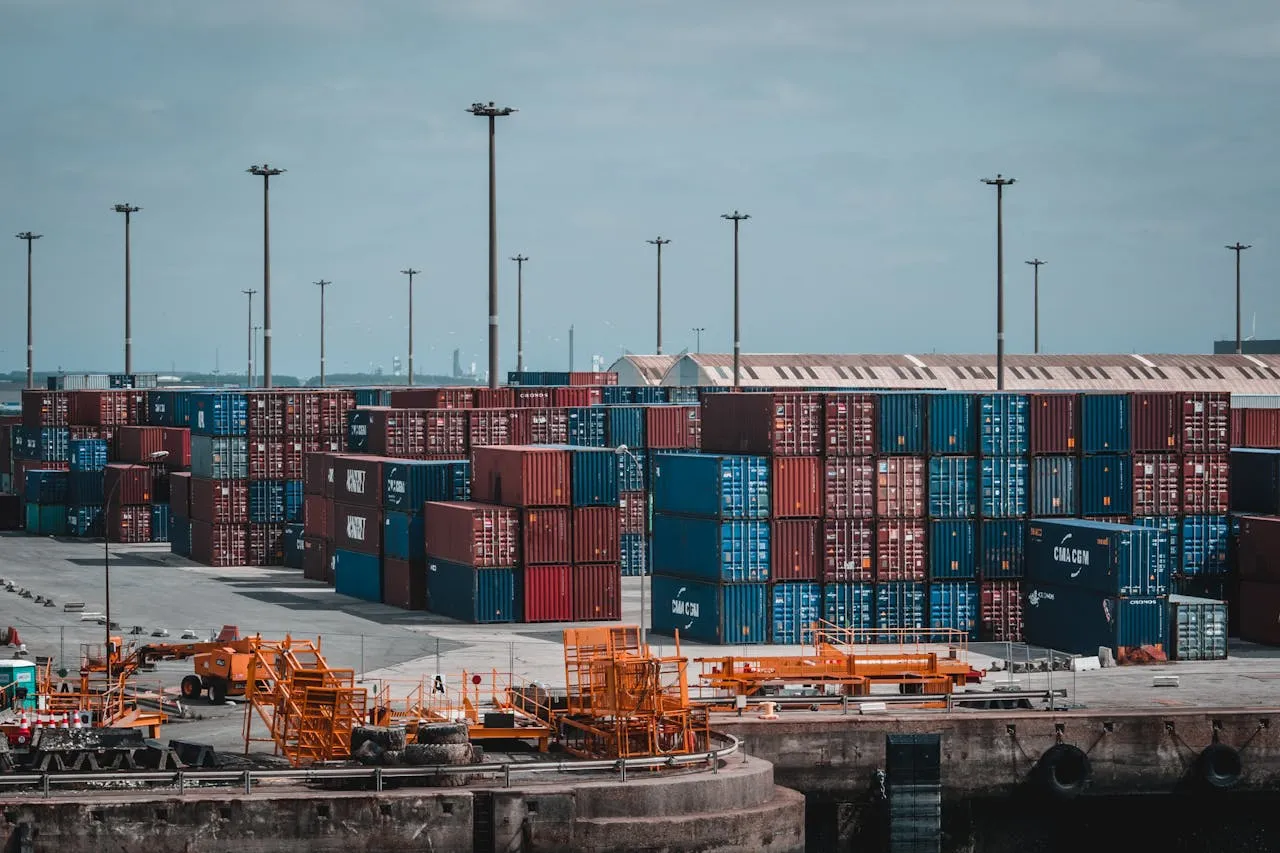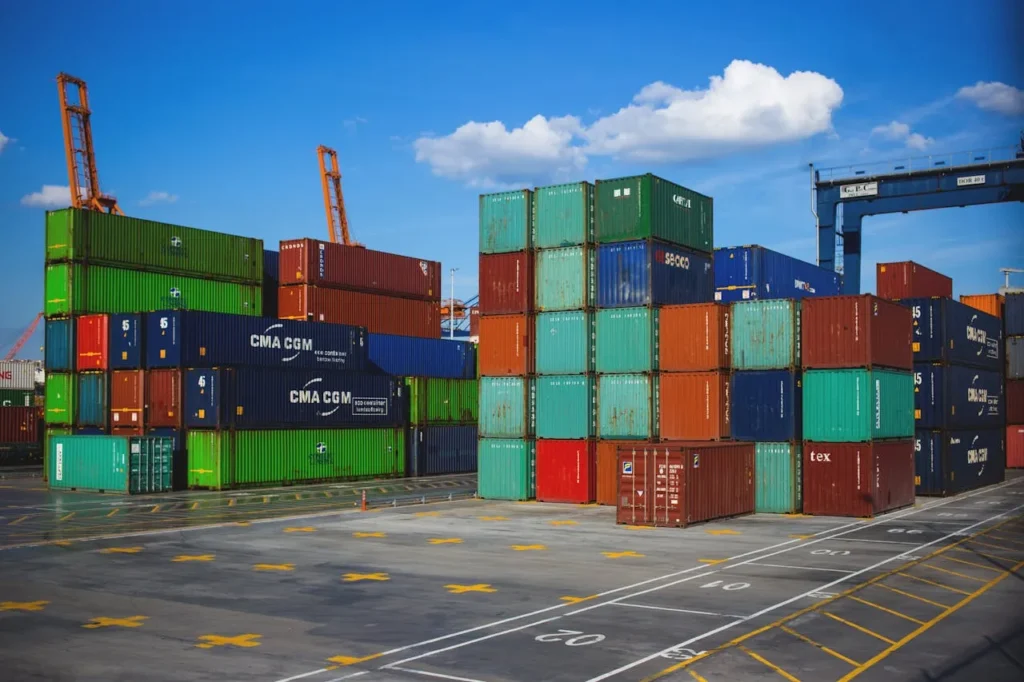
Flexport Introduces Tariff Simulator for Real-Time Trade Policy Insights
Flexport, a global leader in logistics technology, has unveiled a powerful new digital tool aimed at empowering businesses to navigate the complexities of international trade with greater confidence and precision. The Flexport Tariff Simulator, enables importers—particularly those shipping to the United States—to estimate landed costs and tariff implications in real time, amid a rapidly changing global trade landscape.
This latest release adds a critical asset to Flexport’s expanding portfolio of customs and trade advisory technologies. Designed with accessibility, clarity, and usability in mind, the Tariff Simulator brings a new level of transparency to one of the most challenging aspects of international shipping: understanding and anticipating the financial impact of tariffs.
Addressing the Needs of Modern Importers
The global trade environment has grown increasingly volatile in recent years, driven by evolving geopolitical relationships, frequent policy shifts, and rising protectionist measures across major economies. These dynamics have created a climate of uncertainty for companies that rely on international supply chains to source components, manufacture goods, or distribute products.
For many importers, tariff costs—along with customs duties, fees, and regulations—represent a significant portion of total landed costs. Yet determining those costs accurately, especially in advance, has historically been a time-consuming and opaque process. Flexport’s new simulator directly addresses this problem, offering a transparent and data-driven approach to landed cost estimation that removes guesswork from the equation.
“Our customers have been telling us loud and clear: they need clarity on costs,” said Ryan Petersen, Founder and CEO of Flexport. “Our engineering team built the Flexport Tariff Simulator in response to that need, especially with the constant uncertainty caused by rapid policy changes. We want to help merchants avoid expensive surprises and plan with more confidence.”
Key Features of the Flexport Tariff Simulator
At its core, the Tariff Simulator provides users with a detailed estimate of landed costs based on multiple shipment attributes. These include:
- Harmonized Tariff Schedule (HTS) code: Essential for product classification, the HTS code is used to determine the applicable duty rate.
- Shipment value: The total declared value of the goods being imported.
- Entry date: The date the shipment is expected to enter the U.S., which can influence the applicable duty rate depending on current policy.
- Country of origin: A critical factor in determining whether goods are subject to country-specific duties or trade restrictions.
- Product-specific attributes: Additional characteristics such as material composition, which can influence classification and duty rates (e.g., aluminum content in goods from China).
Using this information, businesses can run multiple scenarios to explore how changes in sourcing location, materials, or shipping timelines could impact landed costs. For instance, a U.S.-based company importing metal fasteners from China can input an HTS code for the item, select an entry date, indicate the percentage of aluminum content, and receive a breakdown of estimated tariffs and fees under current trade rules.
This functionality is especially valuable as companies evaluate options such as reshoring, nearshoring, or diversifying their supplier base to mitigate risks from trade disputes or regulatory changes.
Dynamic Scenario Planning and Interactive Data Visualization
A standout feature of the tool is its interactive global trade map, which provides users with macroeconomic context alongside granular cost estimates. With just a few clicks, users can view:
- The total value of U.S. imports from a given country
- The average duty rate on those imports
- The percentage share of total U.S. imports accounted for by that country
This visual element not only helps importers better understand current trade relationships but also supports strategic planning by identifying potential risks or opportunities in alternative sourcing geographies.

Flexport emphasizes that the simulator is built with user-friendliness in mind, catering to businesses of all sizes—from startups navigating their first international shipments to multinational enterprises managing global supply chains. The platform’s clean interface and intuitive workflows make it easy for non-experts to generate meaningful insights, while the depth of data ensures trade professionals and customs teams have access to the robust information they need.
Real-Time Updates and a Comprehensive HTS Catalog
In addition to the Tariff Simulator itself, Flexport is also launching a complementary resource: a searchable Harmonized Tariff Schedule (HTS) catalog. Each entry in the catalog provides accessible, plain-language information to help businesses accurately classify their products, understand special duty rates, and navigate complex customs regulations.
Importantly, both the HTS catalog and the simulator are dynamically updated in real time to reflect the latest tariff rulings and regulatory changes. This ensures that users always have access to the most current and accurate information—something that many traditional duty calculators and static reference charts fail to provide.
“While there are other duty calculators available on the market, the Flexport Tariff Simulator stands out for its real-time accuracy, intuitive design, and seamless integration with our trade advisory services,” Petersen explained. “This tool reflects Flexport’s commitment to equipping our customers with not just data, but the actionable insights they need to make smart decisions.”
Empowering Strategic Decision-Making
As international commerce becomes more intertwined with domestic economic policy, the ability to anticipate and adapt to tariff changes has become a strategic necessity for importers. Uncertainty around tariff timelines, enforcement, exemptions, and countermeasures can create substantial financial and operational risk.
The Tariff Simulator addresses this challenge head-on by enabling businesses to conduct “what-if” analyses with confidence. Users can assess how a policy shift—such as the introduction of new tariffs under Section 301 or changes to duty exemptions for certain countries—might affect their bottom line before shipments are even booked.
This forward-looking capability is critical for businesses that are seeking to build resilience into their supply chains, manage cost volatility, and maintain competitive pricing in the marketplace.
A New Standard for Trade Intelligence Tools
Flexport’s release of the Tariff Simulator reflects the broader evolution of customs brokerage and trade compliance from a reactive function to a proactive, technology-driven discipline. As one of the largest customs brokerages in the U.S., Flexport brings unmatched domain expertise to the development of these digital solutions.
By blending proprietary software, rich datasets, and world-class advisory services, Flexport aims to set a new standard for how importers interact with global trade data.
“As regulations shift and global trade continues to evolve, tools like the Tariff Simulator will become essential for any business that wants to stay compliant, competitive, and cost-efficient,” Petersen noted.
The launch of the Flexport Tariff Simulator is just one step in the company’s broader mission to simplify and modernize global trade. As Flexport continues to develop its suite of end-to-end logistics solutions, businesses can expect more intelligent tools that leverage data science, automation, and real-time insights to reduce friction in cross-border commerce.
For now, the simulator is freely available to the public, offering an unprecedented level of access to trade intelligence that was once the domain of specialized consultants and large enterprises. With this democratization of information, Flexport is helping businesses of all sizes take greater control over their supply chains—and turning uncertainty into opportunity.


